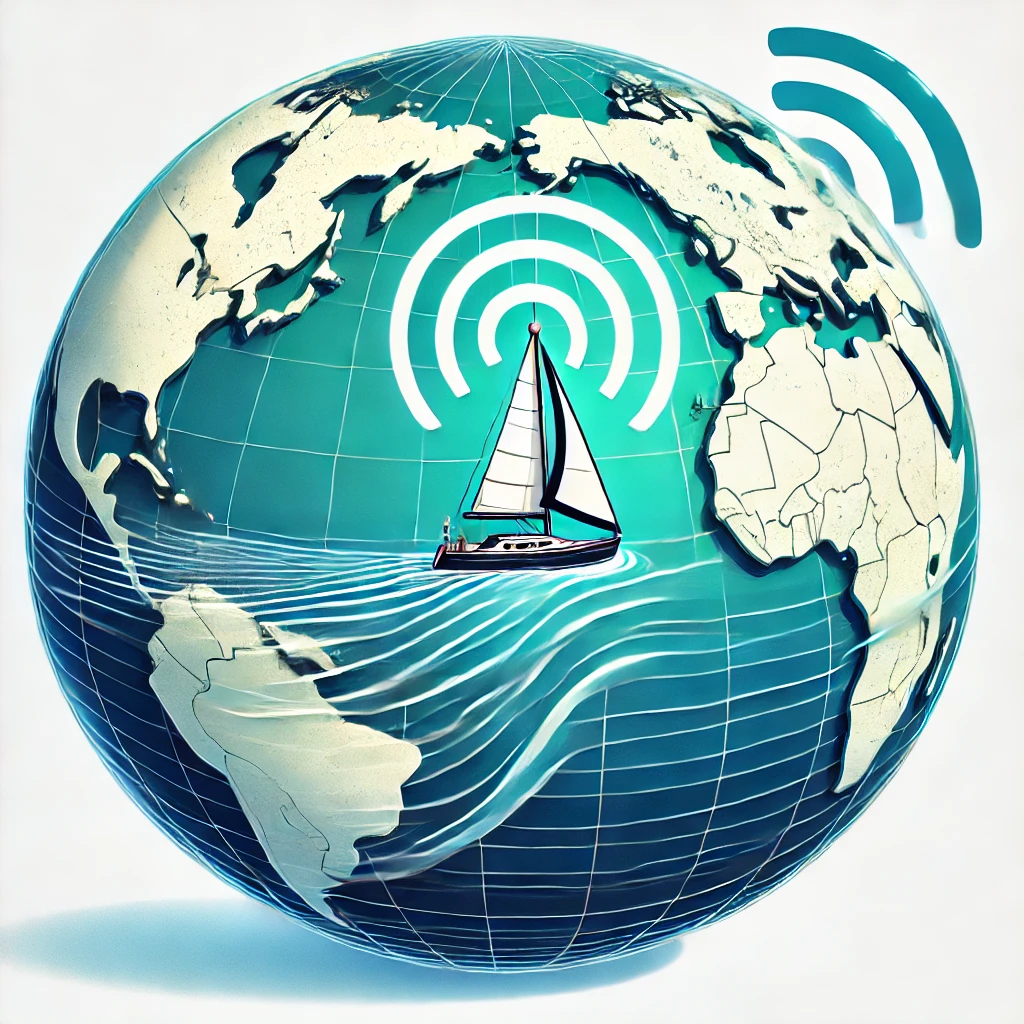
Amateur Radio - HF/DX Short Wave, VHF
Yes, in our modern day world of remote communications, there are satellite-based services that allow voice calls and data trasfer. But there is a cost for this, often very high, based on subscriptions and/or data use.
Canada’s Radio Operator Certificate (Marine) ‘ROC(M)’ aka ‘Maritime Radio’ is the required certification to use designated marine VHF frequencies, maximum 25 Watts. VHF marine frequencies are capable only of short range, line of sight, communications, usually to a maximum of twenty five to thirty nautical miles, depending on height of antenna above water.
The Radio Operator Certificate (Marine) ‘ROC(M)’ certification is available in Canada through the Canadian Power and Sail Squadrons, now operating under the name of CanBoat. Click HERE to access the CanBoat web page to enroll for the ROC(M) self-study on-line training course. This course is also known as Maritime Radio.
To use radio equipment over longer distances, often to the other side of the world, high frequency ‘HF’ radio equipment is required. HF is also known as ‘short wave’ radio. For amateur radio operators to use HF, and MF bands, they require the ‘Basic+’ (Basic Plus) credential for transmitting up to 250 Watts, and the Advanced ticket for using transmitting power up to 1000 Watts.
Amateur radio operators must be certified through Canada’s ‘Industry, Science, and Economic Development‘ (ISED). Training is done through amateur radio clubs.
Once set up with the amateur radio transceiving equipment, amateur radio high frequency ‘HF’, aka ‘short wave’, band communications is free with unlimited use. It is used not only for weatherfax weather reports but also for long distance calling, aka ‘DX’. Person to person calls are frequently done with others around the world in other boats or on land. Participation in ‘marine nets” is also a popular past time amongst those cruising in remote areas and on trans-ocean passages.
The ISED Basic and Advanced amateur radio certification courses are not available from CanBoat, but rather through local amateur radio clubs in Canada. These courses will lead to certification with the Canadian Industry, Science and Economic Development ‘ISED’.
For listings of amateur radio clubs in Canada which offer training courses, in classroom or on-line formats, please visit Radio Amateurs of Canada web site www.rac.ca > Courses .
The Calgary Amateur Radio Association has a world class HF stations. VE6AO, capable of reaching all around the globe. Mariners out on the water, anywhere in the world, can QSL and DX with their mariner pals in landlocked Calgary, Canada. For more information check this link:
Tables of Contents
Basic
Textbook: Canadian Amateur Radio Basic Qualification Study Guide, Coax Publications www.coaxpublications.ca
Graduates of the Basic class with a final mark of less than 80% are limited to using amateur VHF and UHF bands., and are awarded the “Basic” qualification.
Those with 80% or better are awarded the “Basic+” certificaton and may use the HF and MF amateur bands and broadcast with power up to 250 Watts.
- Introduction to Amateur Radio
- Getting Down to Basics
- Ohm’s Law and Power
- Inductors and Capacitors
- Waves, Wavelength, Frequency, and Bands
- Propagation
- Transmission Lines
- Antennas
- Active Device: Diodes, Transistors, and Tubes
- Power Supplies
- Establishing and Equipping an Amateur Station
- Routine Operation of an Amateur Station
- Modulation and Transmitters
- Receivers
- Radio Frequency Interference
- Safety
- Regulations
Appendices
- Math Skills
- MF and HF Dipole Antenna Length Chart
- Symbols
Advanced
Textbook: Canadian Amateur Radio Advanced Qualification Study Guide, Coax Publications www.coaxpublications.ca
Graduates of the Advanced certification may use the MF and HF amateur bands and broadcast with power up to 1000 Watts.
- The Basics
- Semiconductors
- Power Supplies
- Amplifiers
- Basic Digital Techniques
- Digital Transmission Techniques
- Oscillators
- Receivers
- Transmitters
- Didgital Implementations
- Test Equipment
- Repeaters, Networks, and Remote Stations
- Digital Signal Processing
- Transmission Lines
- Antennas
Appendices
- Math Skills
![]()

